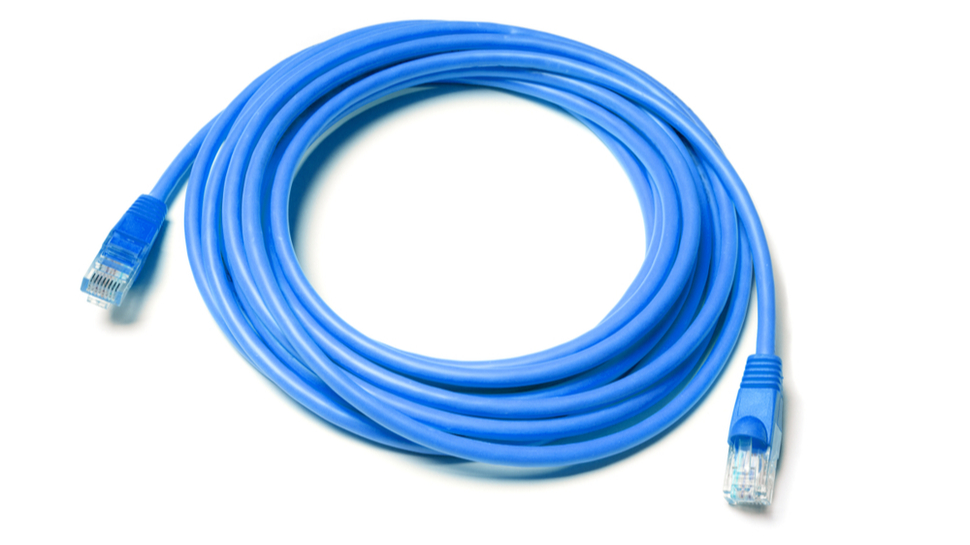Ultrafast Terabit Ethernet connectivity is coming fast - but it won’t be cheap
0.8Tb Ethernet technology is on its way

An exponential increase in the demand for data has driven the recent announcement of a new 800 Gigabit Ethernet technology from the Ethernet Technology Consortium.
AnandTech reports the standard is based around current 106.25G lanes (pioneered for 400Gb) but doubles the number of total lanes from four to eight - it is essentially two bonded 400Gb lines.
The primary application of the technology will be in data centers, where hyperscale operators, website hosting companies and HPC will make the most of the increase in bandwidth.
- Here's our list of the best web hosting services around
- Check out our list of the best dedicated server hosting providers of 2020
- We've built a list of the best bare-metal hosting available
Terabit
800 Gigabit is still not 1Tbit though and it's likely the next iteration of this technology will see engineers finally break the Terabit per second barrier.
Will end users ever see such speeds coming to their devices? Well, most laptops on sale no longer come with an Ethernet connection and cloud computing and mainstream legal streaming services have made servers and NAS (network attached services) less of a fixture in the technophile’s household.
In practice, it means that GbE technology (which is 1/800 slower than the recently announced breakthrough), is likely to stick with us for quite some time, with 2.5GbE the next logical step, followed by 5GbE and 10GbE. Few motherboards, for example, carry a 10G connector and the average cost of 10G switches, routers and plug-in cards is still relatively high.
It is worth noting that, despite the latest advancements in wireless technology, wired Gigabit connectivity still remains the most reliable method for data transmission.
Are you a pro? Subscribe to our newsletter
Sign up to the TechRadar Pro newsletter to get all the top news, opinion, features and guidance your business needs to succeed!
- Here's our list of the best VPS hosting providers around
Via AnandTech

Désiré has been musing and writing about technology during a career spanning four decades. He dabbled in website builders and web hosting when DHTML and frames were in vogue and started narrating about the impact of technology on society just before the start of the Y2K hysteria at the turn of the last millennium.